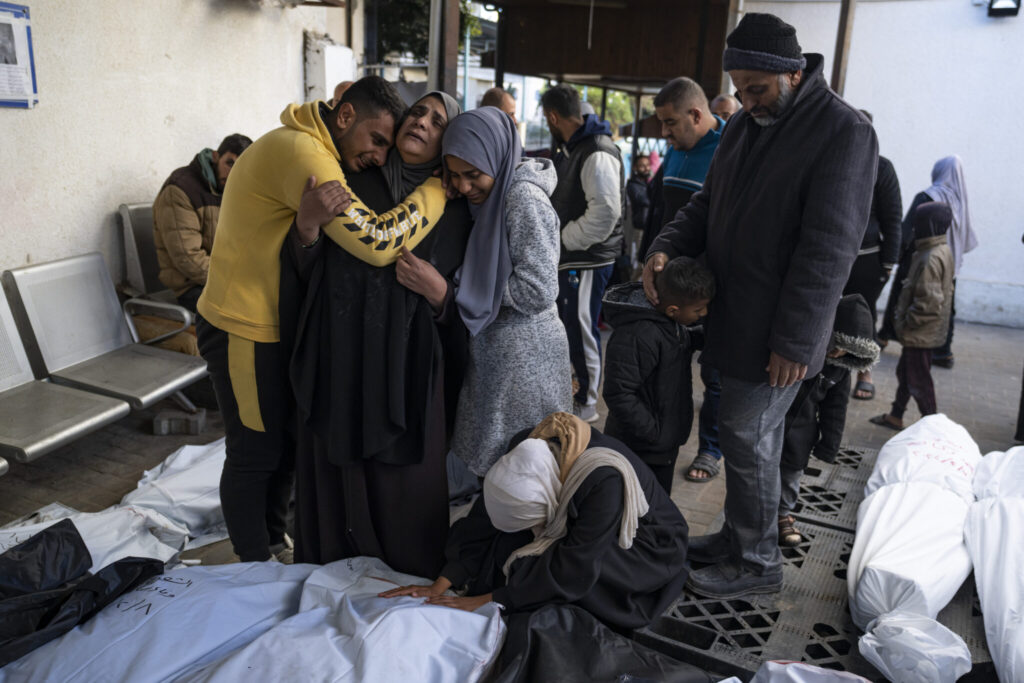Israeli airstrikes killed over a dozen people overnight and into Thursday in Rafah in the Gaza Strip, hours after Prime Minister Benjamin Netanyahu rejected Hamas’ cease-fire terms and vowed to expand the offensive into the southern Gaza town.
Quick Read
- Airstrikes in Rafah: Israeli airstrikes targeted Rafah in the Gaza Strip, killing at least 13 people, including women and children, as Prime Minister Netanyahu rejected Hamas’ cease-fire terms and planned to expand the offensive.
- Humanitarian Crisis: The ongoing conflict has resulted in over 27,000 Palestinian deaths, widespread displacement, and a severe humanitarian crisis, with a significant portion of the population facing starvation.
- Cease-fire Negotiations: Efforts by the U.S., Qatar, and Egypt to broker a cease-fire and facilitate hostage releases continue, despite significant gaps in the demands of the involved parties.
- Hostage Situation: Over 100 captives remain with Hamas, with the group reportedly using them as human shields. Negotiations for their release are complicated by Hamas’ demands and Israel’s refusal to concede to what it considers “delusional” terms.
- International Concerns: The potential expansion of the offensive into Rafah raises alarm among international aid organizations, given the already dire humanitarian situation and the large number of displaced individuals in the area.
The Associated Press has the story:
Israeli strikes kill 13 in southern Gaza town Rafah on Egypt’s border
Newslooks- RAFAH, Gaza Strip (AP)
Israeli airstrikes killed over a dozen people overnight and into Thursday in Rafah in the Gaza Strip, hours after Prime Minister Benjamin Netanyahu rejected Hamas’ cease-fire terms and vowed to expand the offensive into the southern Gaza town.
More than half of strip’s population has fled to Rafah, on the mostly sealed border with Egypt, which is also the main entry point for humanitarian aid. Egypt has warned that any ground operation there or mass displacement across the border would undermine its four-decade-old peace treaty with Israel.
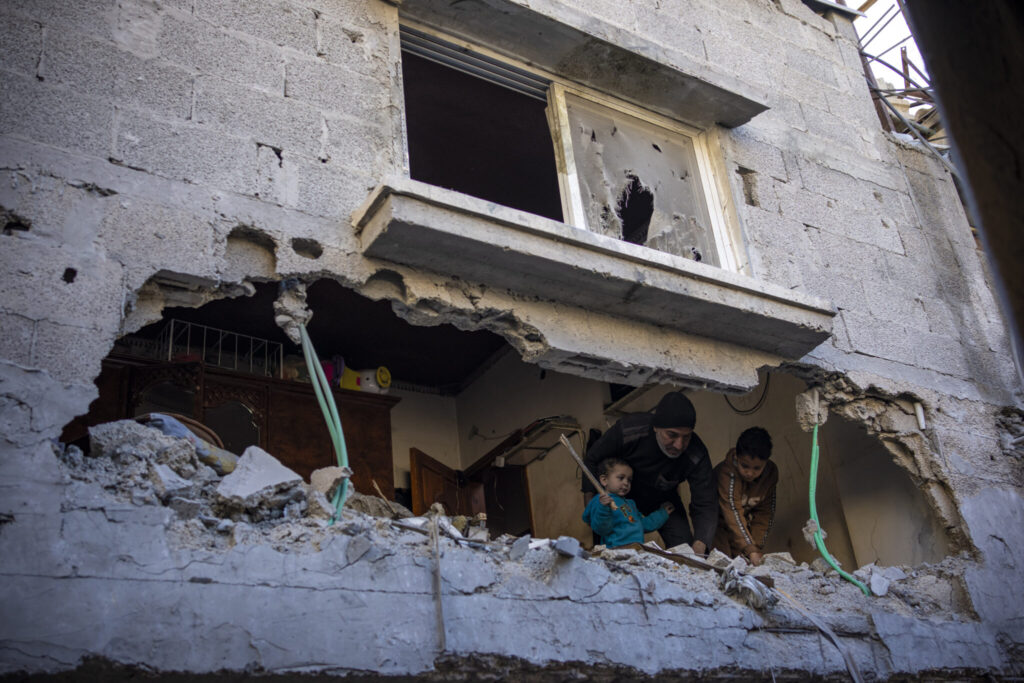
The overnight strikes killed at least 13 people, including two women and five children, according to the Kuwaiti Hospital, which received the bodies. At the scene of one of the strikes, residents used their cellphone flashlights as they dug through the rubble with pick-axes and their bare hands.
“I wish we could collect their whole bodies instead of just pieces,” said Mohammed Abu Habib, a neighbor who witnessed the strike.
Israel’s four-month-old air and ground offensive — among the most destructive in recent history — has killed over 27,000 Palestinians, driven most people from their homes and pushed a quarter of the population toward starvation.
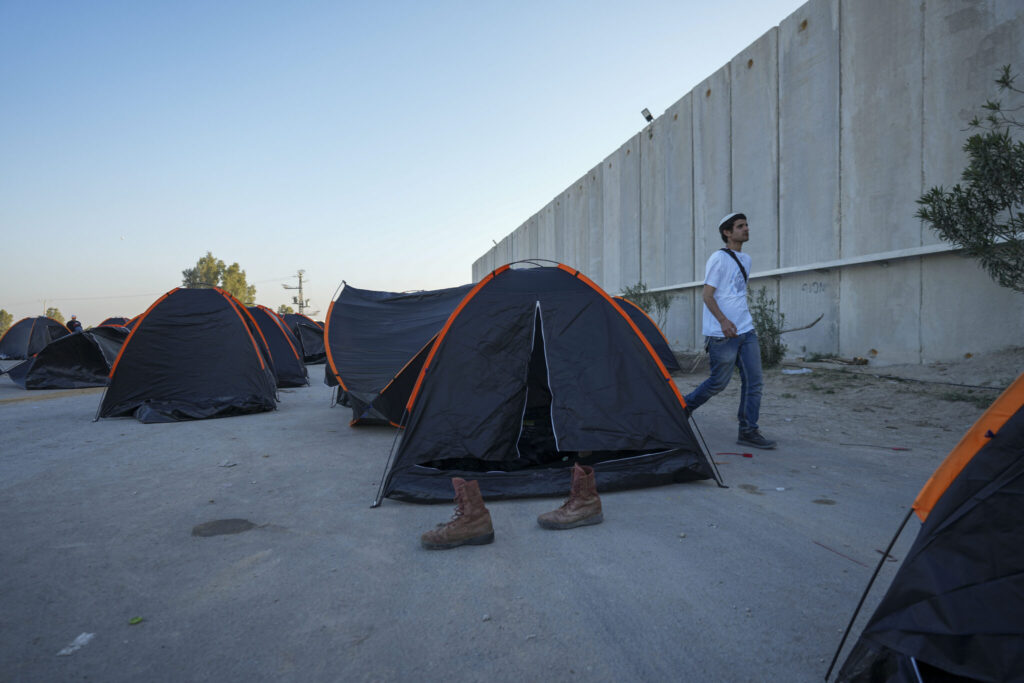
Netanyahu has said the offensive will continue and expand until “total victory” over Hamas, which started the war by launching a wide-ranging attack into southern Israel on Oct. 7 in which militants killed some 1,200 people, mostly civilians, and took around 250 hostage.
Israel has also vowed to bring back the over 100 captives still held by Hamas after most of the rest were freed during a cease-fire in November in exchange for the release of Palestinians imprisoned by Israel.
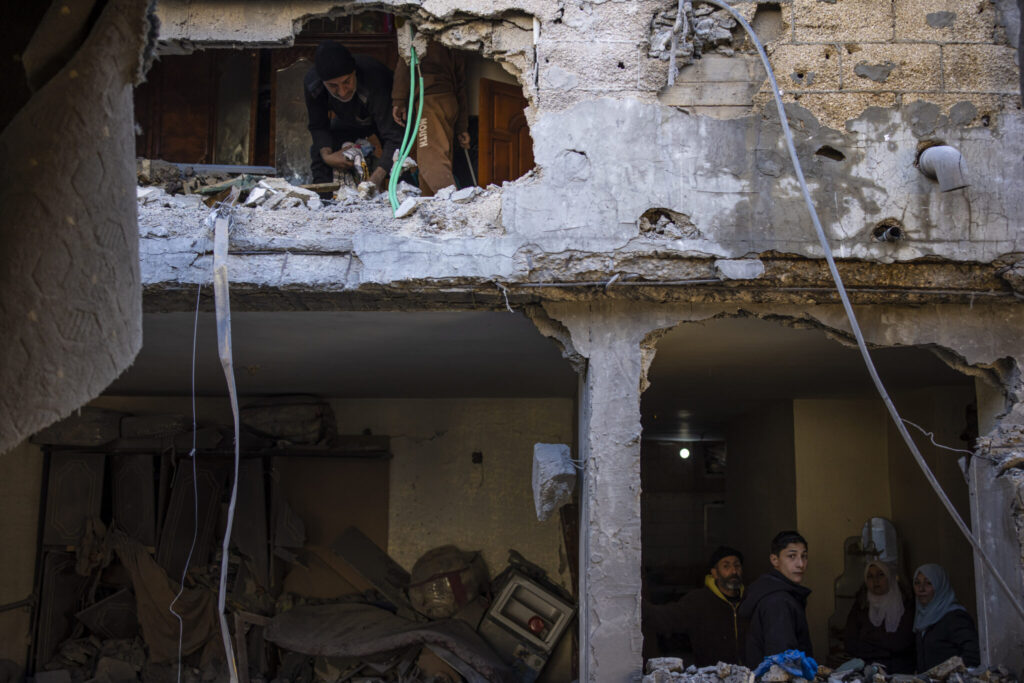
But both of those goals appear increasingly elusive, as Hamas re-emerges in parts of northern Gaza, which was the first target of the offensive and suffered widespread destruction. Israel has only rescued one hostage, while Hamas says several have been killed in airstrikes or failed rescue missions.
ALARM GROWS AS ISRAEL EYES RAFAH
Netanyahu said preparations were underway to expand the offensive into Rafah, where hundreds of thousands of people who fled from other areas are crowded into squalid tent camps and overflowing U.N.-run shelters.
The Palestinian death toll from four months of war has already reached 27,840, according to the Health Ministry in the Hamas-run territory. The ministry does not distinguish between civilians and combatants in its figures but says most of the dead have been women and children.
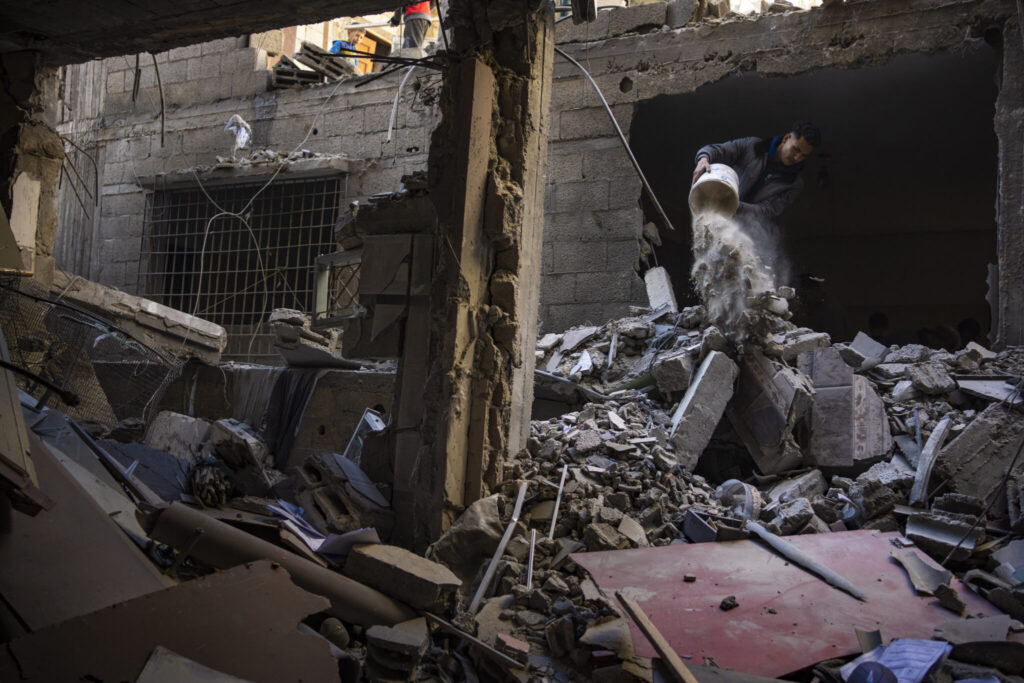
International aid organizations have warned that any major operation in Rafah would compound what is already a humanitarian catastrophe in the besieged coastal enclave.
“If they aren’t killed in the fighting, Palestinian children, women and men will be at risk of dying by starvation or disease.” said Bob Kitchen, of the International Rescue Committee. “There will no longer be a single ‘safe’ area for Palestinians to go to.”
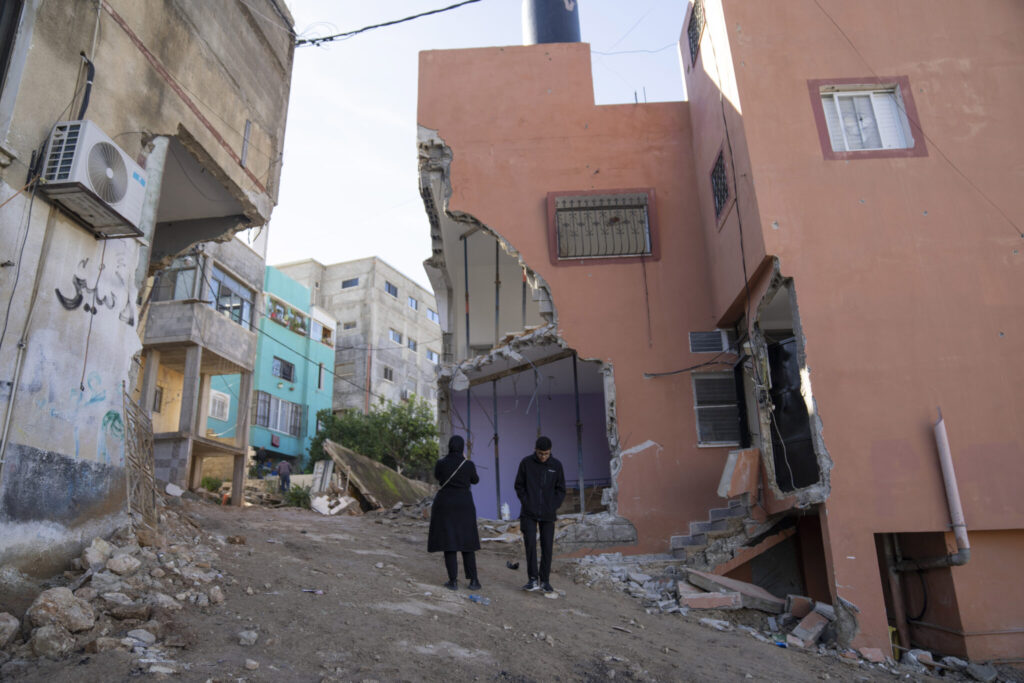
Outside the hospital where bodies from the overnight strikes were brought, relatives wept as they said farewell to their loved ones. Warda Abu Warda said she felt helpless.
“Where do we go after Rafah? Do we go to sea?” she asked.
GAPS REMAIN IN TALKS OVER CEASE-FIRE AND HOSTAGE RELEASE
The United States, Qatar and Egypt are trying to broker another cease-fire agreement to ensure the release the remaining hostages. But Hamas has demanded an end to the war, a full Israeli withdrawal from Gaza and the release of hundreds of Palestinian prisoners, including high-profile militants.
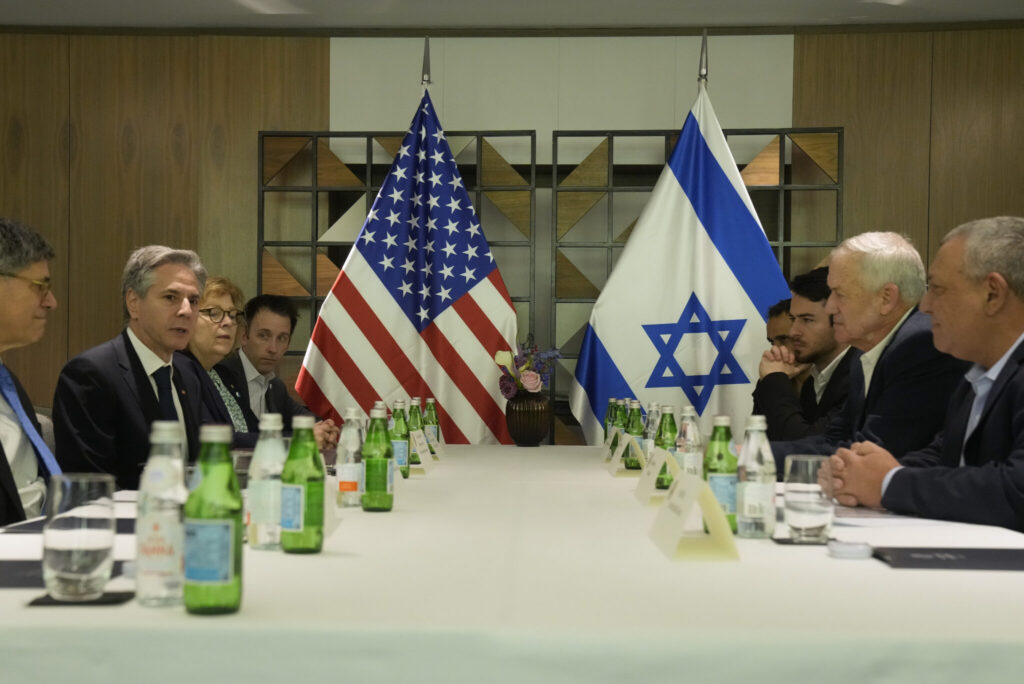
Netanyahu rejected those demands as “delusional” on Tuesday and said Israel would never agree to any deal that leaves Hamas in partial or full control of the territory it has ruled since 2007.
But visiting Secretary of State Antony Blinken said an agreement was still possible and that negotiations would continue, the latest sign of a growing divide between the two close allies on the way forward. A Hamas delegation arrived in Cairo on Thursday for more negotiations.
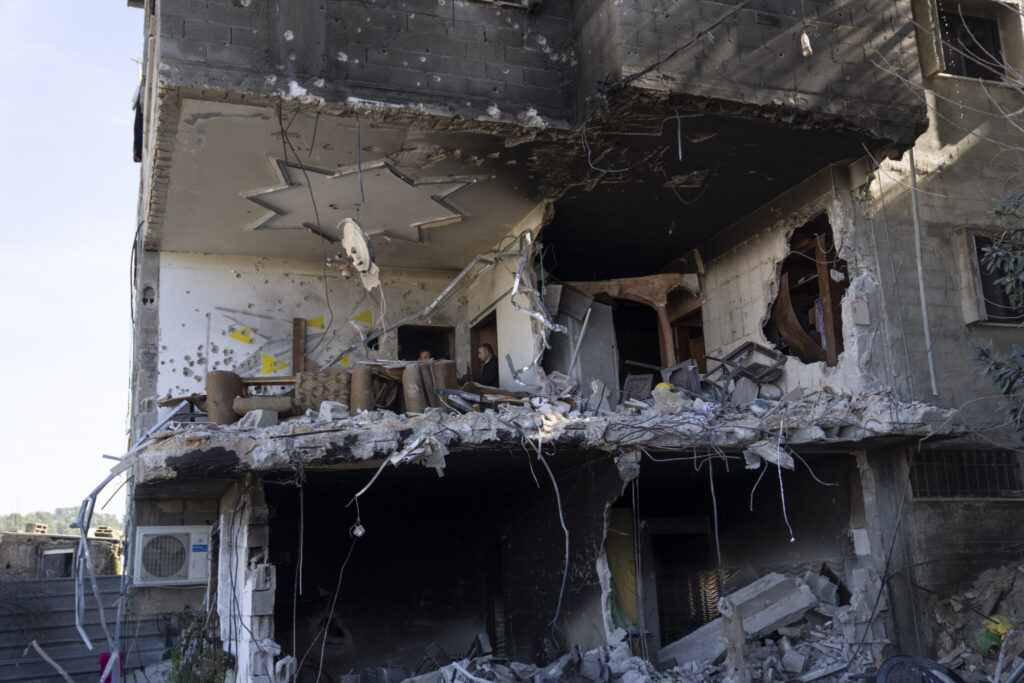
Netanyahu is under mounting pressure from families of the hostages and the wider public to bring them home, even if it requires a deal with Hamas. At least one senior Israeli official has acknowledged that saving the captives and destroying Hamas might be incompatible.
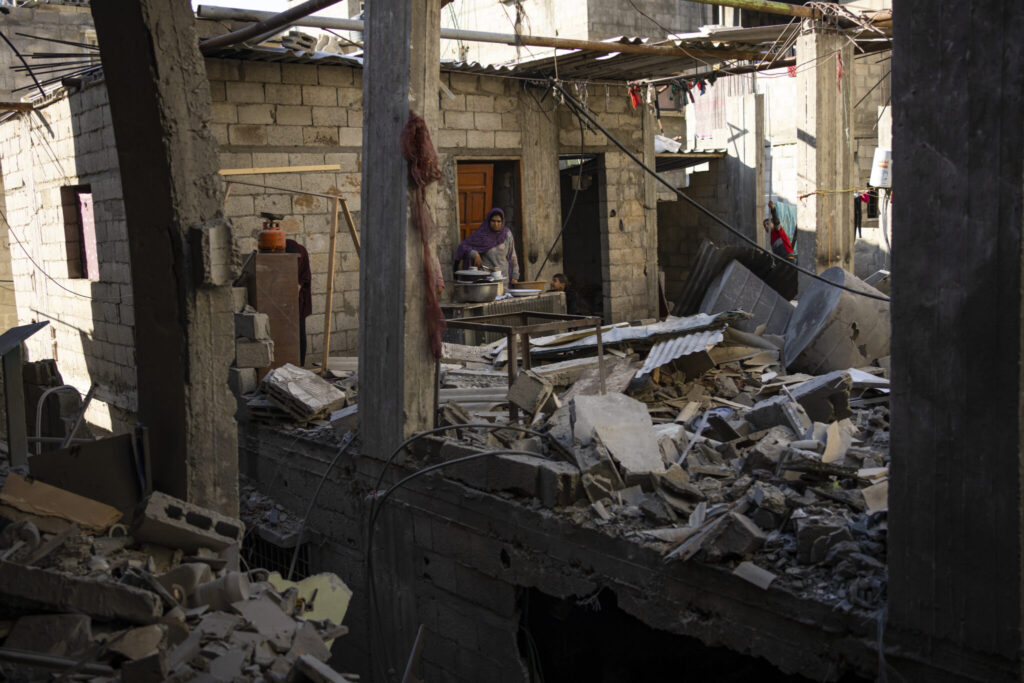
Hamas is still holding over 130 hostages, but around 30 of them are believed to be dead, with the vast majority killed on Oct. 7. The group is widely believed to be holding the captives in tunnels deep underground and using them as human shields for its top leaders.

